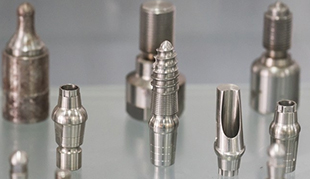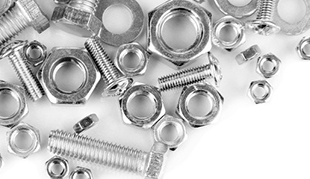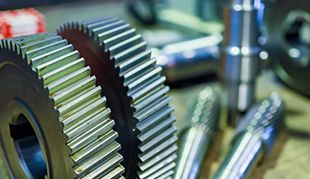Metal Injection Molding: Revolutionizing Orthopedic and Surgical Implant Manufacturing
In the realm of modern medicine, technological advancements continue to reshape the landscape of healthcare, offering improved treatment options for patients. One such innovation, Metal Injection Molding (MIM), has emerged as a game-changer in the manufacturing of orthopedic and surgical implants. This technique harnesses the power of both metal and plastic processing to create intricate, patient-specific implants, ushering in a new era of personalized healthcare.
The Evolution of Implant Manufacturing
Traditional methods of manufacturing orthopedic and surgical implants often involve extensive machining, casting, and milling processes. These methods are not only time-consuming but can also lead to material wastage and limitations in producing intricate designs. Enter Metal Injection Molding, an innovative approach that combines the advantages of both plastic injection molding and metal fabrication.
Unveiling Metal Injection Molding (MIM)
Metal Injection Molding is a manufacturing process that melds powdered metals with a polymer binder to create intricate, highly detailed components. This mixture is injected into a mold to form a "green" part, which is then subjected to a debinding process that removes the polymer binder. The resulting structure is then sintered at high temperatures, causing the metal particles to fuse together, resulting in a fully dense, strong, and precise final product.
Personalized Implants for Enhanced Patient Outcomes
One of the most remarkable aspects of Metal Injection Molding is its ability to create patient-specific implants with intricate geometries that were previously unattainable through traditional manufacturing methods. Orthopedic implants, such as hip and knee replacements, spinal implants, and bone fixation devices, often require complex shapes to fit a patient's anatomy perfectly. MIM's precision and flexibility empower surgeons to provide patients with implants tailored to their unique anatomical needs, thereby improving post-operative recovery and reducing the risk of complications.

Benefits Beyond Customization
Metal Injection Molding offers a host of advantages beyond personalized implant production:
1. Material Versatility: MIM can utilize a wide range of metals, including stainless steel, titanium, cobalt-chromium, and more. This versatility enables the selection of materials best suited for a patient's specific medical condition.
2. Reduced Waste: Unlike traditional machining methods, which generate significant material waste, MIM minimizes waste through its efficient use of raw materials.
3. Cost-Effectiveness: While the initial setup costs for MIM may be higher than traditional methods, the reduced need for secondary machining and the ability to create multiple intricate components in a single production cycle contribute to long-term cost savings.
4. Consistency and Quality: MIM's controlled manufacturing process ensures uniformity and high-quality implants, reducing the risk of defects and implant failures.
Navigating Challenges
While Metal Injection Molding presents a promising future for orthopedic and surgical implant manufacturing, certain challenges still require attention. Fine-tuning the material composition, optimizing sintering parameters, and maintaining strict quality control standards are essential to ensuring consistent and reliable implant outcomes.
A Bright Future for Healthcare
Metal Injection Molding has the potential to revolutionize the field of orthopedic and surgical implant manufacturing. With its ability to produce patient-specific, intricate implants that enhance treatment outcomes, the technique stands at the forefront of personalized medicine. As research and technology continue to advance, Metal Injection Molding may pave the way for a new era of healthcare, where precision and customization are the norm, ultimately benefiting patients and healthcare providers alike.
Metal Injection Molding represents a significant leap forward in the manufacturing of orthopedic and surgical implants. Its ability to combine the benefits of metal and plastic processing, along with its potential for intricate customization, holds the promise of transforming patient care and medical outcomes. As this technology continues to mature, we can look forward to a future where precision and personalization shape the way we approach healthcare.






